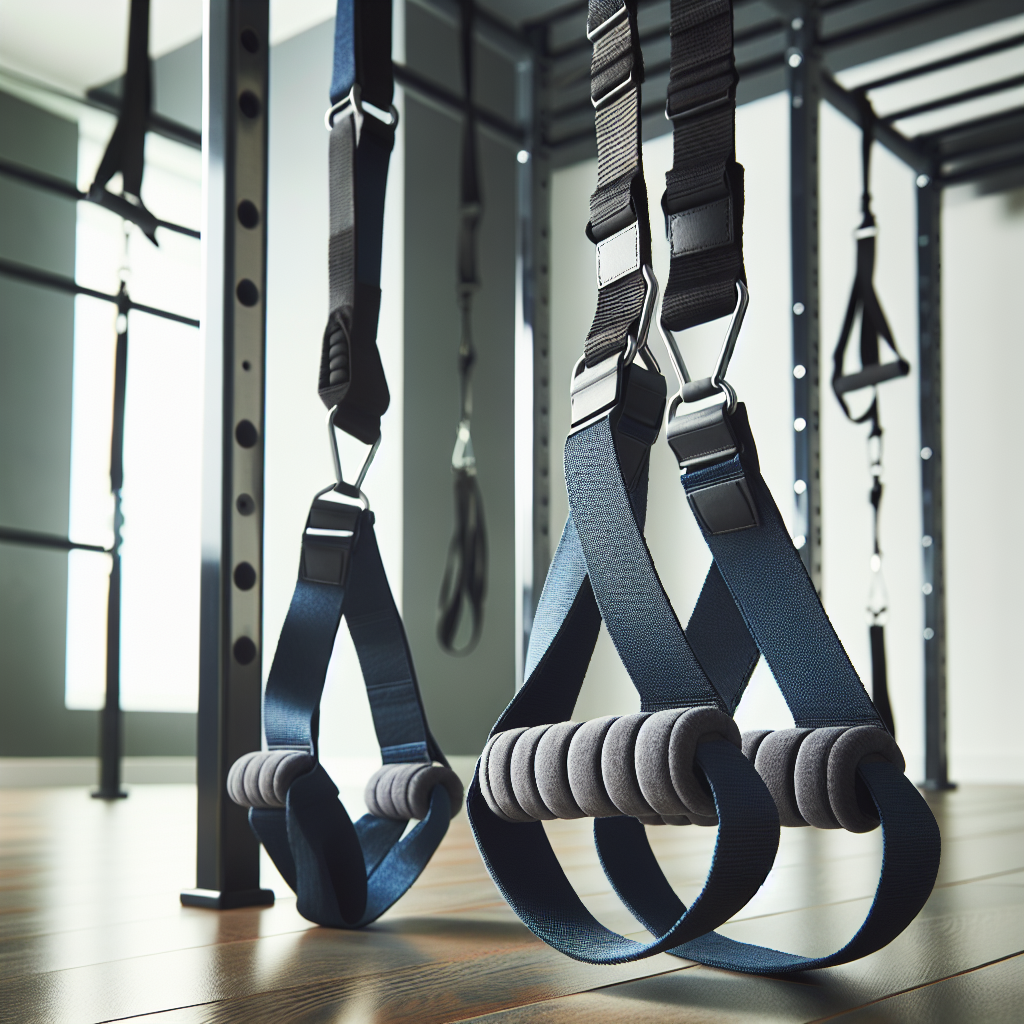
In the ever-evolving landscape of fitness and strength training, the tools and techniques we utilize play a significant role in achieving our exercise goals. Among these tools, exercise straps and resistance training devices have gained prominence due to their efficiency and versatility. Understanding the science behind these methods can help you maximize your gains and elevate your workout routine.
The Role of Resistance Training
Resistance training, broadly defined, refers to exercises that involve working against a resistance to enhance strength, endurance, and muscle mass. This type of training can involve free weights, machines, elastic bands, or even your own body weight. The primary mechanism at work is known as hypertrophy, a biological process where muscle fibers repair and grow stronger after being stressed during a workout.
The Science of Muscle Growth
When you lift weights or apply resistance, tiny tears occur in your muscle fibers. These micro-tears are a natural part of the muscle growth process. After your workout, your body gets to work repairing these fibers through a process that involves the synthesis of new protein, which ultimately leads to muscle growth. Resistance training also triggers the release of growth hormones and improves neuromuscular connectivity, which enhances strength and performance.
Introducing Exercise Straps into Your Routine
Exercise straps, which come in various forms like resistance bands, suspension straps, and lifting straps, are essential accessories that can amplify your resistance training. Let’s explore how these straps enhance performance and safety during workouts.
Resistance Bands
Resistance bands are highly versatile and can be used for various workouts targeting different muscle groups. They provide constant tension throughout the entire range of motion, which differs from free weights that allow for varying tension throughout the lift. This constant tension is beneficial for muscle engagement and has been shown to produce significant strength and hypertrophy gains.
Benefits of Resistance Bands:
- Joint-Friendly: They reduce stress on the joints since they are not fixed weights and allow for natural movement patterns.
- Progressive Resistance: As you stretch a band further, it becomes harder to pull, creating progressive resistance that challenges your muscles effectively.
- Portability: Bands are lightweight and easy to store, making them a great option for home workouts or travel.
Suspension Straps
Suspension training systems, such as TRX, utilize your body weight for resistance. By anchoring the straps to a stable point and using your body as the resistance, you can perform a wide range of exercises. The challenge lies in maintaining balance and stability, which engages core muscles and promotes strength development.
Benefits of Suspension Straps:
- Core Activation: Most exercises performed with suspension straps require core stability, leading to improved functional strength.
- Adaptability: They can be adjusted to suit different fitness levels by changing your body position or the angle of the straps.
- Full-Body Engagement: Suspension training enables multi-joint exercises that engage several muscle groups simultaneously, providing a highly efficient workout.
Lifting Straps
Though not a form of resistance in itself, lifting straps are essential for heavy lifts. They help to secure your grip on weights, allowing you to focus on the target muscles without the distraction of grip fatigue. This is particularly useful during exercises like deadlifts, where grip strength can limit performance.
Benefits of Lifting Straps:
- Improved Grip: By alleviating pressure on your grip, you can lift heavier weights and challenge your muscles more effectively.
- Focus on Target Muscles: Lifting straps allow you to concentrate on the primary muscles being worked without being hindered by grip strength.
Tips for Maximizing Your Gains with Straps
-
Incorporate Variety: Don’t rely solely on one type of resistance or strap. Mix and match different tools to keep your muscles guessing and avoid plateaus.
-
Focus on Form: Proper technique is crucial to prevent injuries. Ensure you’re using the right form, especially when working with straps, as improper use can lead to strains.
-
Progress Gradually: If you’re new to resistance training or using straps, start with lighter resistance and gradually increase the intensity. Progressive overload is key to muscle growth and strength development.
- Set Clear Goals: Determine your fitness objectives—whether it’s building strength, improving flexibility, or enhancing endurance—so you can tailor your use of straps and resistance accordingly.
Conclusion
Exercise straps and resistance training are powerful allies in the quest for fitness. By understanding the science behind these tools and how they contribute to muscle growth and overall strength, you can develop a more efficient and rewarding workout regimen. As you incorporate these elements into your training, remember the fundamental principles of safety, variety, and progressive overload. Embrace the potential of exercise straps and resistance training, and you’ll be well on your way to maximizing your gains.




